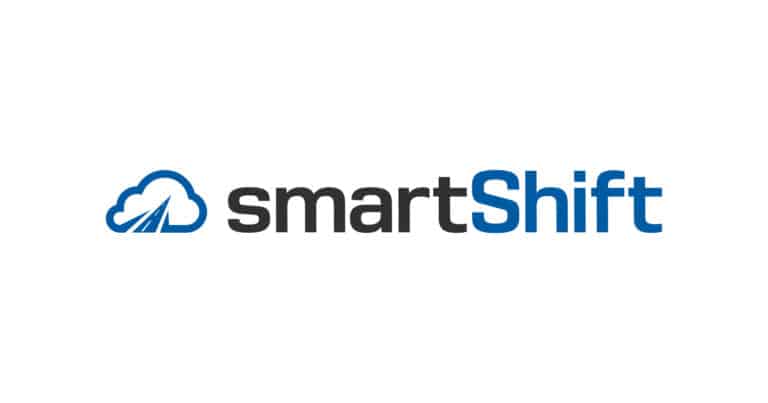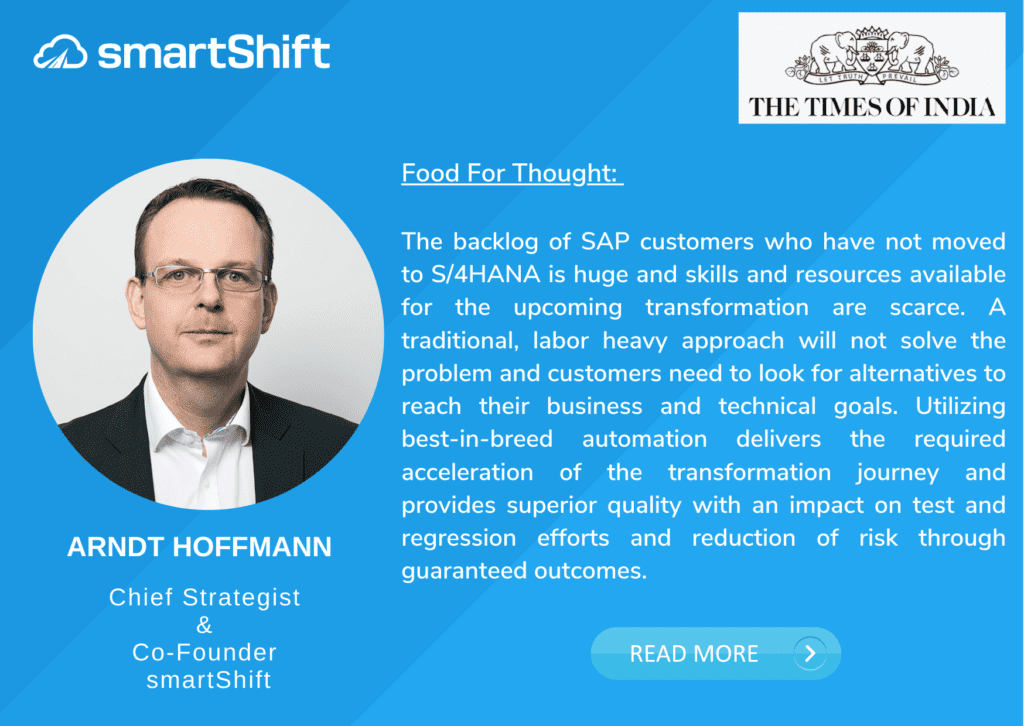Skip to main content
Search for topics or resources
Enter your search below and hit enter or click the search icon.
Solutions
Solutions
Custom Code Analysis for SAP
Custom Code Analysis for SAP
Automated Custom Code Transformation for SAP
Automated Custom Code Transformation for SAP
Automated Custom Code Dual Maintenance for SAP
Automated Custom Code Dual Maintenance for SAP
Clean Core Analysis for SAP
Clean Core Analysis for SAP
Automated Clean Core Transformation for SAP











